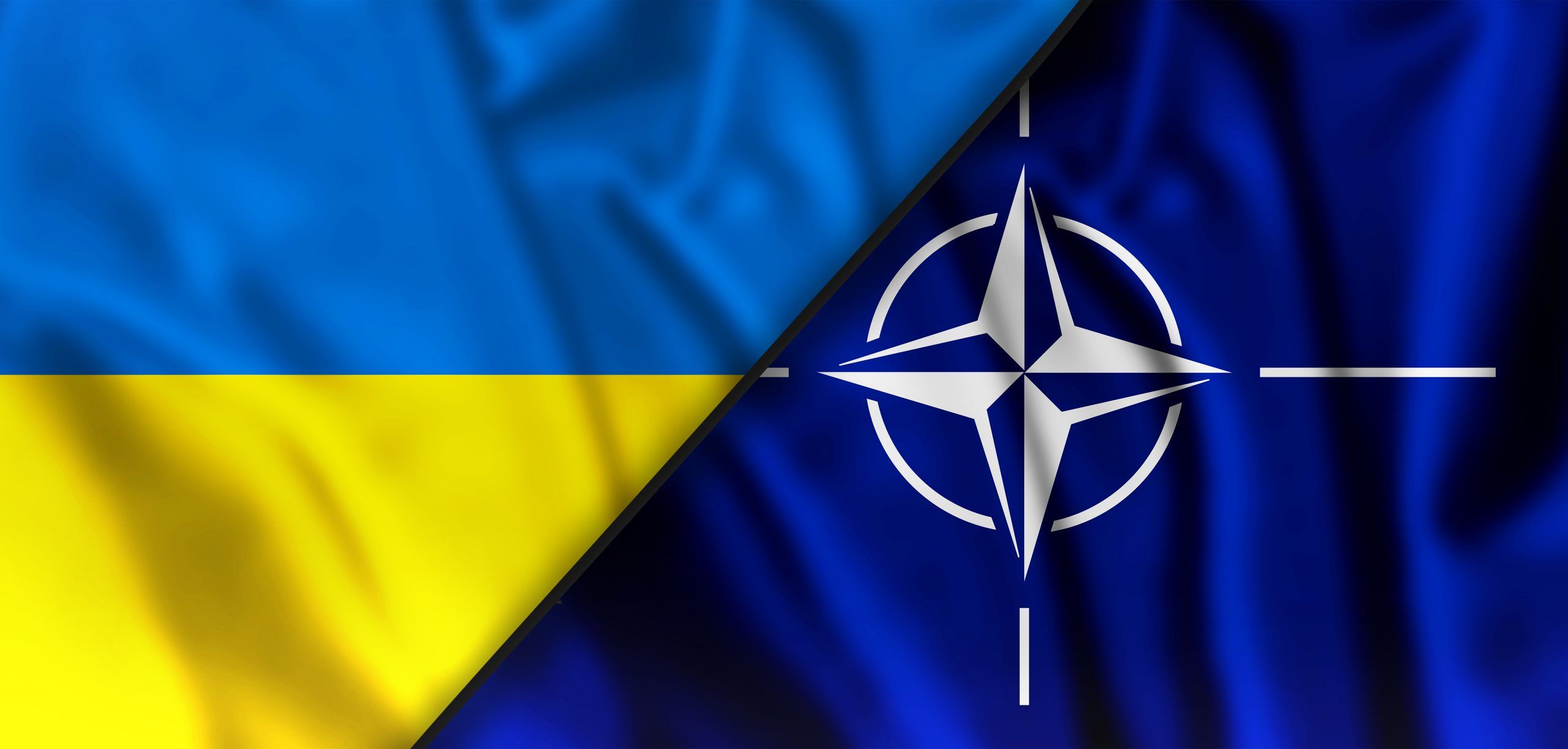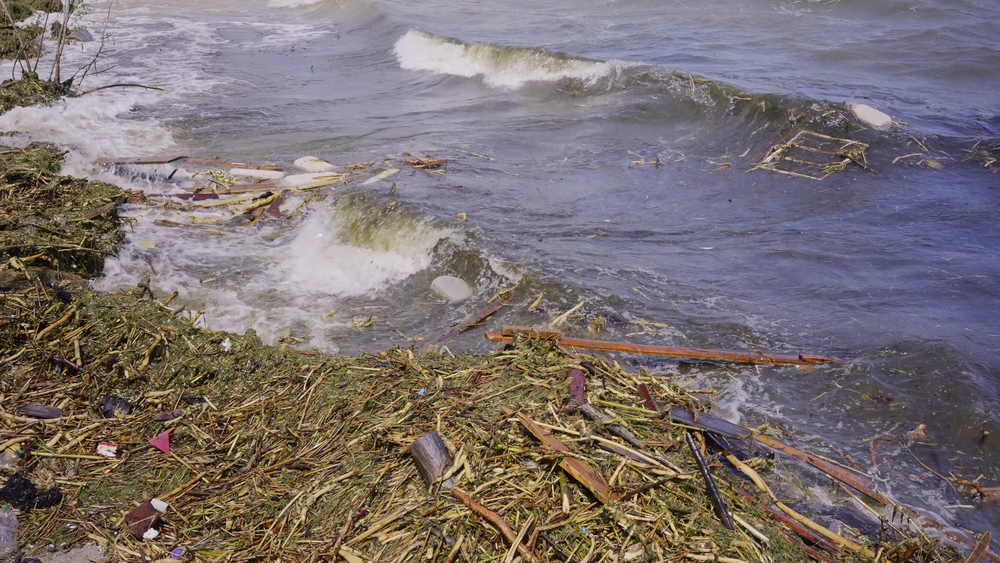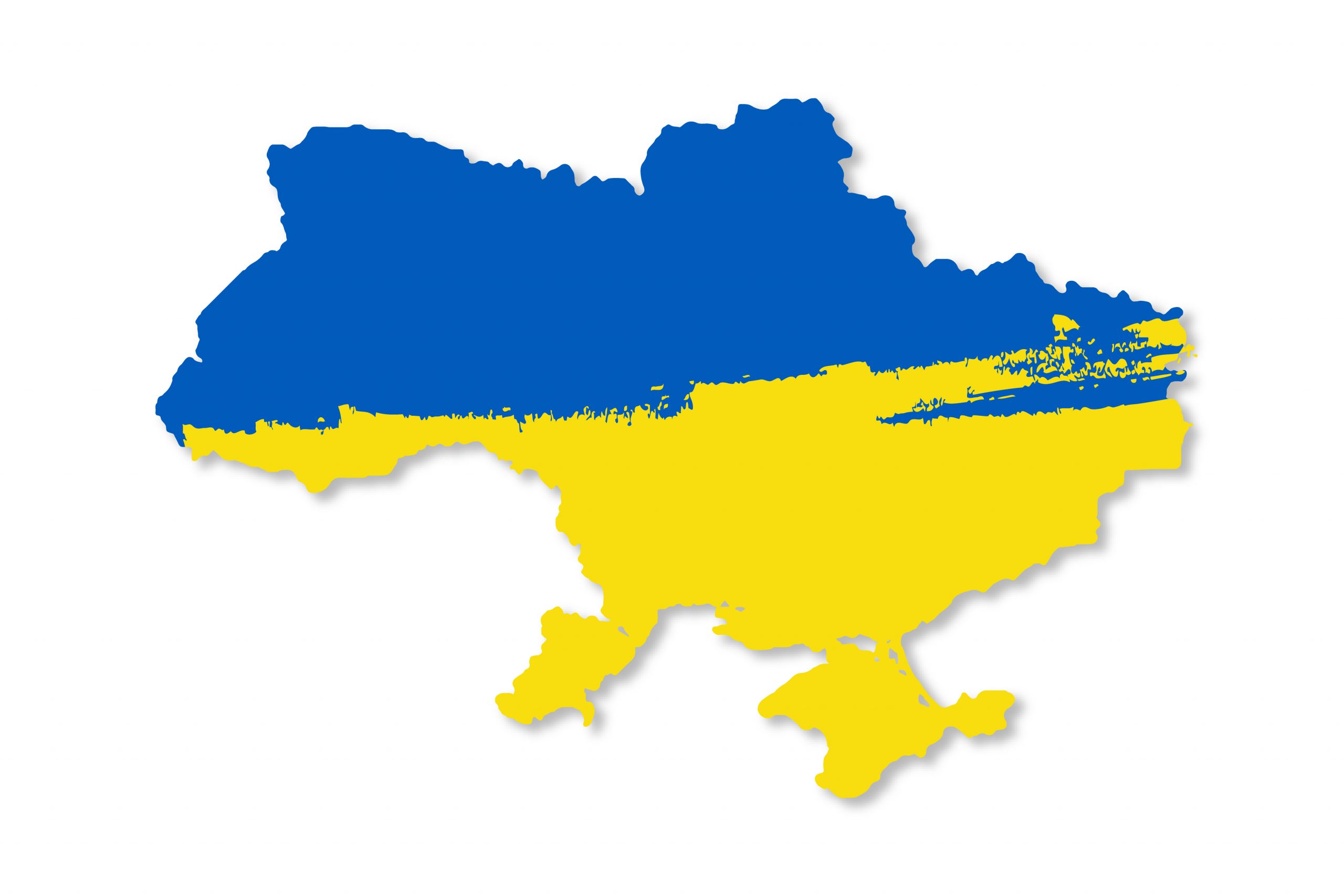Crimean Tatars and ethnic Ukrainians are those who suffer the most from the violations of International Law by Russia
Since the dissolution of the Soviet Union in 1991, Russia has set its gaze on Crimea. During the turbulent years of the 1990s, the Kremlin attempted to dispute the internationally recognized borders of Ukraine, creating two major sources of risk for Crimea: 1) the granting of Autonomous Administrative status to the peninsula essentially enshrined the dominance of Russian language and culture in Crimea, thus securing a level of Russian influence; 2) the Russian Black Sea Fleet remained stationed in Sevastopol. Both of these risk factors subsequently facilitated the illegal occupation of Crimea.
Indeed, during a moment of vulnerability for Ukraine following the Revolution of Dignity of 2014, the Russian Federation initiated armed aggression against the country first, illegally occupying Crimea; next continuing the invasion into Ukraine’s Donbas region. It is important to underline that the illegal occupation of Crimea and parts of eastern Ukraine are elements of the same international armed conflict, in which the Russian Federation has extensively used the means and methods of hybrid warfare. This includes the use of a combination of regular and irregular forces. The intensity and nature of hostilities and violations of international law differ vastly between the cases of Crimea, and the Donbas region. A key legal distinction is that in the case of Crimea, the Russian Federation committed a grave violation of international law by annexing part of Ukraine’s territory: the first annexation in Europe, since the Second World War. Subsequent to the annexation, violations of international law continue, through the illegal occupation of Crimean territory. In the interests of international security and the rule of law, there is a need for further response from the international community and increased pressure on the Russian Federation with the goal of de-occupation of the peninsula. The international community – notably the European Union (EU) and United States (USA) – was quick to denounce invalid Russian claims, reaffirm “commitment to the sovereignty, political independence, unity and territorial integrity of Ukraine within its internationally recognized borders” (United Nations General Assembly Resolution 68/262 of 27 March 2014), and impose sanctions against the Russian Federation. However, further countermeasures are urgently required to compel Russia to comply with its erga omnes international legal obligations. This stands in relation not only to aggression against Ukraine, but also against Georgia and Moldova.
The illegal occupation, and violations of human rights and international humanitarian law have taken a severe toll on the population of the Ukrainian peninsula. Those who opposed the Russian aggression are particularly affected. The Report of the United Nations (UN) Secretary-General on the “Situation of human rights in the Autonomous Republic of Crimea and the city of Sevastopol, Ukraine” (2 August 2019), paints a vivid picture. The Report is based on information collected by the Office of the UN High Commissioner for Human Rights via the Human Rights Monitoring Mission in Ukraine, which was deployed on 14 March 2014, and documents human rights violations related to: the right to life, liberty and security; the right to physical and mental integrity; freedom of thought, conscience and religion; freedom of opinion and expression; freedom of peaceful assembly and association; administration of justice and fair trial rights; rights of detainees; the right to nationality; the right to maintain one’s identity, culture and tradition; the right to education in one’s native language; property rights; the prohibition on forced conscription and population transfers. In the context of armed conflict, certain human rights violations may also constitute war crimes and crimes against humanity, for which perpetrators must be held accountable. In this regard, there are high expectations in Ukraine for the ongoing preliminary examination by the Prosecutor of the International Criminal Court.
Many human rights and international humanitarian law violations are directed against those opposed to the illegal occupation, particularly the indigenous Crimean Tatar people, and ethnic Ukrainians. The Russian Federation aims to intimidate and force them out of Crimea. Indeed, many Ukrainian citizens have left the peninsula since the beginning of the occupation. According to official figures, there are approximately 39,000 registered internally displaced people (IDPs) from Crimea in Ukraine. This figure does not contain IDPs who – for various reasons – are unregistered, and experts estimate that the real figure may be 55,000. Approximately half are Crimean Tatars. The Russian policy of changing the demographic composition in Crimea is further aggravated by the huge number of people moving to Crimea from Russia. According to the statistics of the Russian Federation cited by the UN Secretary General in its Report, 140,198 people changed their residency registration from Russia to occupied Crimea during the period 2014-2018. At the same time, due to the fact that many people who move do not undergo this registration procedure, the real number of ethnic Russians who have relocated to Crimea is estimated to be at least 500,000.
Indigenous Crimean Tatar people, who have consistently and strongly resisted the illegal occupation, and support the territorial integrity of Ukraine, have faced particular suppression by Russia. This is illustrated by the fact that, despite accounting for only approximately 12 percent of the total population, the majority of the c. 100 Ukrainian political prisoners held by Russia are Crimean Tatars. In 2019 alone, an unprecedented wave of repression took place. On 27 March 2019 occupation authorities conducted 26 house searches unlawfully arresting 24 Crimean Tatars. Russia’s aim of suppressing Crimean Tatar resistance is further indicated by the ban on Mejlis – the supreme representative and executive body of the Crimean Tatar people. This was in blatant violation of the International Court of Justice Order from 19 April 2017.
The role of international organizations for the protection of human rights in temporarily occupied Crimea is invaluable and unique. The possibility of international response limits the scale of human rights violations. Nevertheless, the Russian Federation continues to keep the population of Crimea hostage. Thus, on 9 October 2019, just a month after the widely celebrated Ukraine-Russia “35 for 35 [prisoner] exchange” of 7 September 2019, Russia took another political prisoner – Ukrainian activist Oleh Prykhodko. Prykhodko’s case resonates strikingly with those of two of the 35 exchanged political prisoners: Volodymyr Balukh and Edem Bekirov. De-occupation is the only durable solution to end the ongoing human rights violations in Crimea, and respect for international law and justice.
Elnur Ametov, Assistant to the Member of the Parliament of Ukraine






 UA
UA FR
FR DE
DE



